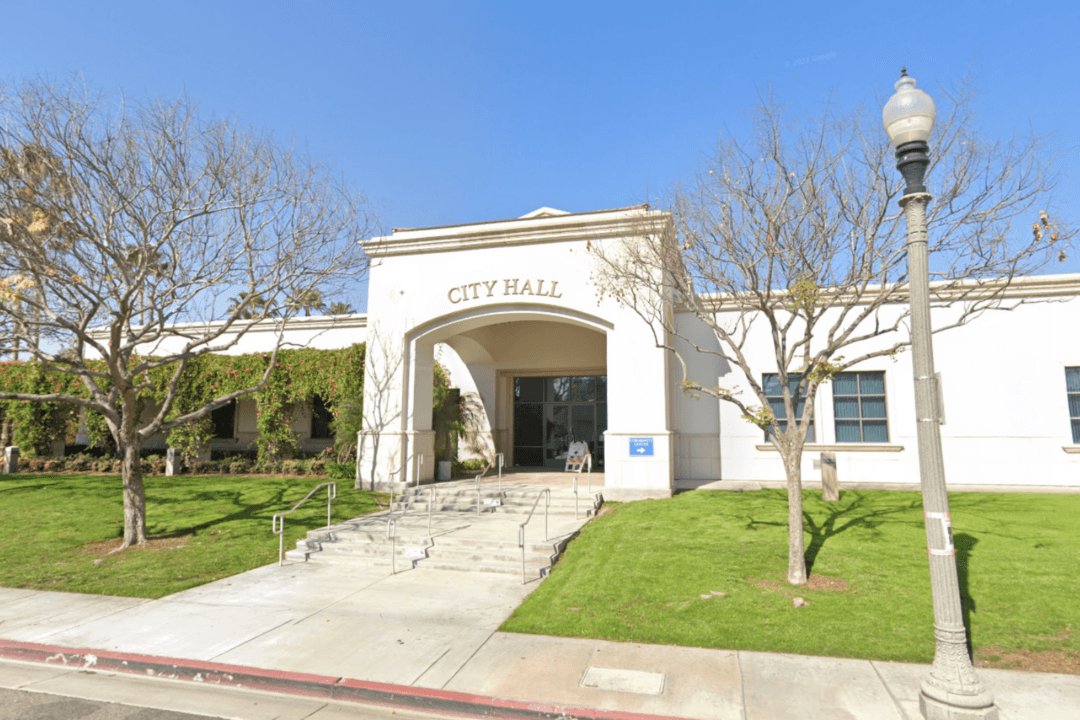New apartments and townhomes are coming to Buena Park after city councilors voted unanimously June 27 to approve a new multifaceted housing project during a lengthy public hearing.
Five- to seven-story tall buildings with studio to three-bedroom apartments will replace both a shuttered Sears department store and auto center on the corner of La Palma and Stanton avenues, along with three-story townhomes featuring two and three bedrooms and two-car garages.





